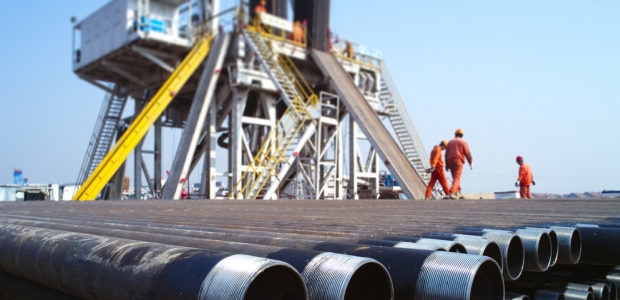
The recent fracking boom may do more harm than good for the climate if the U.S. EPA doesn’t do a better job of regulating methane releases. Even if it does, will cheap natural gas displace cleaner energy options like wind and solar?
- By Patrick Parenteau, David Scott

This new interim policy means that a chronic toxic effect could occur across a 24 hour period of time and any average 24-hour exposure measurement above the RfC is cause for prompt action. This is unprecedented and scientifically indefensible.
The nine states currently participating in the Regional Greenhouse Gas Initiative (RGGI) have announced that the RGGI cap for this year will be 91 million tons, which will be a 45 percent reduction.
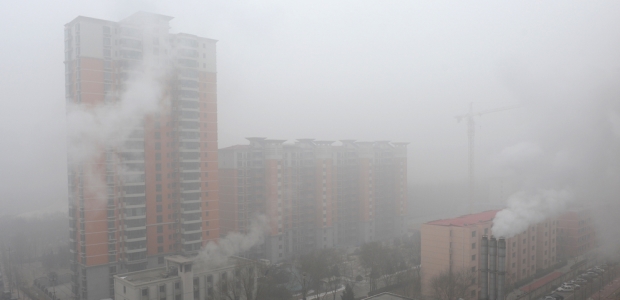
Will China's public pledge to mitigate environmental issues and adopt meaningful greenhouse gas controls take hold, or will political obstacles and rapid growth get in the way?
- By William Schulte, Adam Moser, Phoebe Youhanna

Will a plan to ship coal—the leading source of CO2 pollution—from Montana to China be halted following environmental review by two federal agencies, amid early signs that China might be stepping away from coal as preferred energy source?
- By Jack Tuholske, Ben Gustafson
The city of Los Angeles’ Attorney’s Office sues AllenCo Energy.

The agency has proposed standards for new woodstoves, heaters, and fireplace inserts beginning in 2015.

Will the Supreme Court, which recently let stand the D.C. Circuit's decision that greenhouse gases present a danger to the environment through climate change, allow EPA to control greenhouse gases from stationary sources?
- By Christopher Ahlers, Ashley Welsch
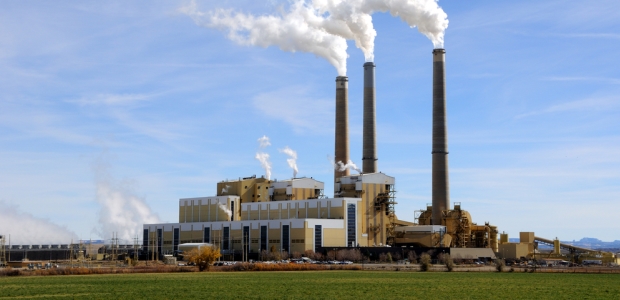
Will EPA finally propose regulations that significantly reduce carbon emissions from existing coal-fired power plants?
- By Kevin Jones, Mychal Ozaeta
John Beale, a former senior policy advisor in the agency's Office of Air and Radiation, had pleaded guilty to stealing government money. He has agreed to pay about $890,000 in restitution and about $500,000 to DOJ in criminal forfeiture.
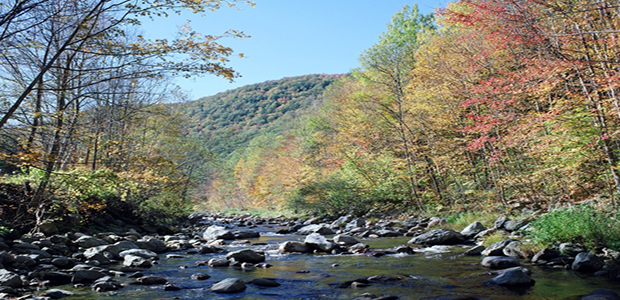
A recent study conducted by Harvard University urges the importance of land-use regulations to help preserve water quality, increase the amount of harvested wood, and protect wildlife habitats.
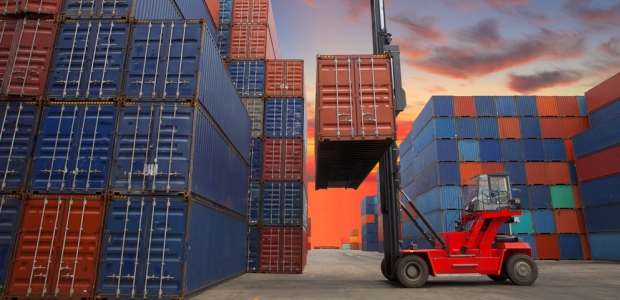
The California Air Resources Board approved the "Airborne Toxic Control Measure for Auxiliary Diesel Engines Operated on Ocean-Going Vessels At-Berth in a California Port" regulation six years ago. It aims to cut emissions from diesel auxiliary engines on container ships, passenger ships, and refrigerated-cargo ships while they're berthed at the California ports.

The recent shale gas boom has led to climate change impact in more than 90 new industrial plants, which are projected to emit greenhouse gases equal to 21 coal-fired power plants.
A letter from U.S. Sen. Tom Carper, who chairs the Clean Air and Nuclear Safety Subcommittee, and 15 colleagues asks EPA Administrator Gina McCarthy to take action to accelerate the process.
Nancy Sutley is leaving in February 2014, the White House announced.

EPA's authority to regulate greenhouse gas emissions in stationary sources will be argued before the U.S. Supreme Court early next year.
Developed with input from the U.S. Department of Energy and U.S. Department of Agriculture, EPA’s new proposal seeks public input on annual volume requirements for renewable fuels in all motor vehicle gasoline and diesel produced or imported by the United States in 2014.
Citing fiduciary responsibility to workforce and shareholders, UN’s Figueres urges coal industry “look past next quarter’s bottom line and see the next generation’s bottom line.”.
Change our behaviors or expect significant economic and ecosystem loss to our world’s oceans.
The Lone Star State seeks environmental awareness.